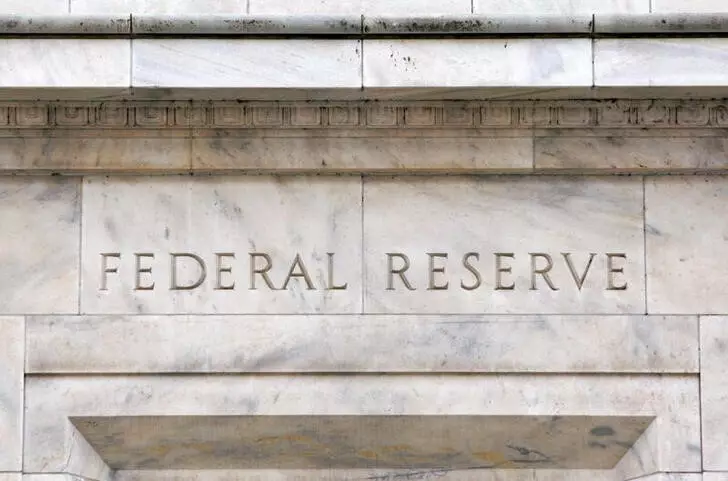In recent weeks, market speculation regarding the Federal Reserve’s monetary policy has intensified, driven by evolving economic indicators. While the Fed enacted a significant 50-basis-point cut in September, economists and financial analysts are now scrutinizing the implications of this move on future rate adjustments. Deutsche Bank strategists recently highlighted that although the narrative seems to suggest a pause in rate cuts might be on the horizon, substantial hurdles remain before the Fed can confidently implement such a decision.
The shifting sentiment has raised questions about the timing of potential rate freezes or further reductions, yet ambiguities surrounding inflationary pressures persist. Deutsche Bank emphasizes that the Fed’s policy strategy necessitates a rigorous understanding of the prevailing economic landscape. As inflation continues to show signs of resilience, the pressure mounts for the Fed to consider how these indicators will influence future decisions.
For the Federal Reserve to contemplate halting its rate cuts, certain critical preconditions must materialize. Primary among these is the need for inflation, particularly core Personal Consumption Expenditures (PCE) inflation, to exhibit signs of stickiness. If the rate consistently hovers around a 0.3% month-over-month increase, it could indicate entrenched price pressures, complicating the case for further reductions. Such circumstances may influence the Fed’s willingness to pivot away from its current aggressive monetary policy stance.
Deutsche Bank’s analysis also points to labor market stability as a crucial element in the decision-making matrix. A healthy job market characterized by robust payroll growth and an unemployment rate maintained at or below 4.1% could provide the necessary assurance for the Fed to step back from aggressive cuts. This interconnectedness between inflation and labor metrics highlights the complexity of the Fed’s challenges moving forward.
As December approaches, the strategic positioning of the Fed will rest heavily on seasonality and external economic shocks. With potential disruptions, such as those suggested by recent hurricane activity, the economic data available during this critical decision-making period could be rendered less reliable. Analysts have expressed that the Fed may opt for a 25-basis-point cut in December, as long as the economic indicators align favorably with their risk assessments.
Moreover, Deutsche Bank anticipates that by the time the Fed meets in December, it will likely be in a position to lower the rates comfortably, keeping them below 4.5%. However, the volatility of economic conditions means there is a considerable dependency on incoming data. As circumstances shift, the Fed will remain vigilant to adapt its course depending on inflation metrics and labor market trends.
As indications point toward 2025, the influence of political dynamics on monetary policy becomes increasingly significant. Deutsche Bank strategists predict that the outcomes of political elections could create varying degrees of caution among Fed officials regarding future rate cuts. Seasonal inflation tendencies may also serve to artificially elevate inflation data temporarily, prompting the Fed to reconsider an aggressive rate-cutting strategy.
The strategists further describe several potential electoral scenarios that could lean hawkish or dovish. For instance, a potential Republican sweep positioned without tariffs could tilt the balance in favor of a more hawkish stance. Conversely, the nuances of a Trump-Democrat interplay or a Harris administration with a Republican Senate might bring about a different set of considerations for the Fed.
Compounding these challenges is the uncertainty surrounding the neutral rate, often referred to as the “r-star.” Currently, Deutsche Bank posits a nominal neutral rate hover around 3.5%, yet the inability to distill this critical metric precisely complicates the Fed’s decision-making framework. With the federal funds target rate resting narrowly above their neutral rate estimate by approximately 125 basis points, the Fed’s leverage for cuts dwindles as it nears this equilibrium point.
Ultimately, as we chart the complex landscape ahead, it becomes evident that while a December rate cut may remain on the table, the Federal Reserve’s policy decisions will require a keen eye on data and timely economic indicators to navigate these formidable challenges successfully. The intersection of inflation, employment, and political turbulence will remain central to the Fed’s trajectory in the coming months and potentially years.

